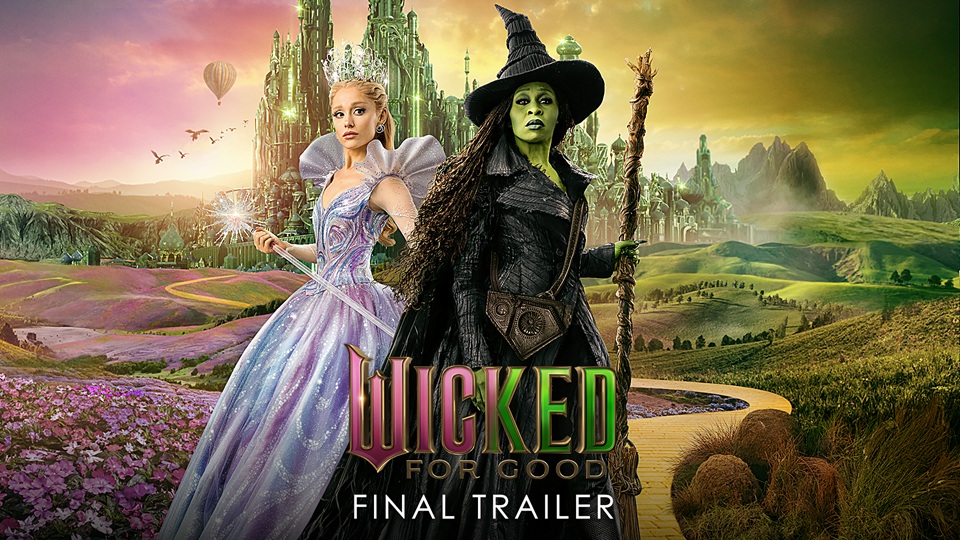In today’s fast-evolving market, sustainability has become the buzzword that can make or break a brand. Insights from a founder and a CEO reveal how businesses are weaving green initiatives into their marketing strategies. From highlighting efforts as a core message to emphasizing transparency in supply chains, the article brings together six expert opinions. Discover effective tactics that could redefine how brands engage with conscious consumers.
- Highlight Efforts as a Core Message
- Showcase Community-Focused Sustainability Initiatives
- Demonstrate Repurposing of Waste Materials
- Launch an Eco-Friendly Packaging Campaign
- Share Holistic Sustainability Stories
- Emphasize Transparency in Supply Chains
Highlight Efforts as a Core Message
Founder, Tyler Butler, noted that brands today know that aligning their sustainability plans with customer values is crucial. Consumers are increasingly aware of their purchases’ environmental impact and expect transparency. A common strategy is for companies to address specific concerns, such as climate change. Companies like Patagonia make sustainability a core part of their message by highlighting efforts like reducing carbon emissions, transitioning to renewable energy, or investing in carbon offset programs. Their approach positions the consumer as part of the solution, fostering loyalty and trust by making customers feel they contribute to a larger mission.
Product innovation is another area where companies can demonstrate sustainability. Brands like Adidas, which introduced sneakers made from ocean plastic, tap into consumer interest in eco-friendly products while addressing critical issues like marine pollution. By marketing these innovations as central to their product lines, companies show sustainability is not just a trend but a guiding principle. This approach resonates with eco-conscious consumers who want their purchases to reflect their values and help the planet.
“Brands are increasingly embracing regenerative practices to showcase genuine sustainability efforts. A prime example is Allbirds, which uses natural and renewable materials like merino wool and sugarcane and has also committed to becoming a fully regenerative company. This includes sourcing materials that actively restore ecosystems, like investing in regenerative agriculture that replenishes soil health. By incorporating science-backed practices and sharing their measurable progress publicly, Allbirds goes beyond carbon neutrality to make a positive environmental impact. This approach provides consumers with proof that the company is truly committed to reversing environmental harm, not just minimizing it.”
Showcase Community-Focused Sustainability Initiatives
CEO, Robert Roth, mentioned that brands are creatively weaving sustainability into their marketing by showcasing their commitment through community-focused initiatives. They partner with local environmental groups, sponsor green events, and participate in projects benefiting the environment. This hands-on approach highlights their dedication to sustainability and engages customers in meaningful ways, fostering a sense of shared responsibility and community involvement. Visual storytelling, such as featuring these partnerships in their campaigns, makes their sustainable efforts tangible and relatable to the audience.
“In our platform, we emphasize the importance of connecting homeowners with solar installers who share a genuine commitment to sustainable energy solutions. By highlighting success stories and the positive environmental impact of these installations, we inspire homeowners to make eco-friendly choices. This strategy builds trust and reinforces our mission to promote a greener future. It’s inspiring to see how actively participating in and promoting sustainability initiatives can strengthen brand loyalty and drive positive change within the community.”
Demonstrate Repurposing of Waste Materials
Chief Marketing Officer, Matt Gehring, stated “one brand that really stood out to me ran a behind-the-scenes campaign to show how it repurposes waste materials into new products. Rather than just stating its commitment to sustainability, it offered real, tangible examples of its process. It demonstrated the collection, transformation, and reintegration of old materials into its product line.
This approach made the campaign feel authentic and relatable, helping the brand stand out in a crowded market. It also demonstrated their commitment to sustainability beyond just a marketing tactic. I recommend sharing the whole story behind your sustainability efforts.”
By demonstrating your genuine commitment to making a positive impact, transparency and authenticity will fortify your relationship with your audience and foster enduring trust.
Launch an Eco-Friendly Packaging Campaign
Founder, Echo Shao, suggested many brands now highlight eco-friendly packaging as a core of their sustainability efforts. “At Lansbox, we’ve adopted this, too, using recycled materials and promoting it in our marketing.”
One partner brand even launched a “green packaging” campaign, emphasizing its use of compostable materials. The result? Increased customer loyalty from environmentally conscious buyers. This shift shows how integrating sustainability into marketing can resonate with modern consumers who prioritize environmental responsibility.
Share Holistic Sustainability Stories
Owner, Jacquelyn Rodriguez, stated “as someone deeply rooted in clean beauty and holistic salon environments, I’ve noticed how smaller brands are stepping up their sustainability game in their marketing. One of the best approaches I’ve seen—and something I love—is storytelling.”
Brands are sharing their journey, from sourcing sustainable materials to their challenges and showing their actual impact on the environment and the communities they work with. They’re not just talking about sustainability; they’re showing how they reduce carbon footprints, use sustainable packaging, and make ethical choices throughout their supply chains.
“It’s inspiring to see more companies embrace this holistic approach, focusing on what’s suitable for both the planet and the people using their products. Transparency is everything, and it builds a strong connection with consumers who care about what they’re buying. I’ve also seen this in my business—it’s what clients value the most.
What excites me right now is how many beauty brands are moving toward refillable packaging and showing the entire lifecycle of their products—from formulation to disposal. This kind of transparency empowers customers to make better choices. In today’s world, it’s not enough to just say you’re sustainable—you have to show it and make it easy for customers to join you on that journey.”
Emphasize Transparency in Supply Chains
Marketing manager, Olivia Tian, highlighted one notable way brands incorporate sustainability into their marketing efforts is by emphasizing transparency in their supply chains. In their messaging, companies now showcase their sustainable sourcing practices, eco-friendly materials, and ethical manufacturing processes. This builds trust with consumers and aligns the brand with a growing demand for environmental responsibility, demonstrating their commitment to sustainability beyond mere marketing claims.
Special thanks to Featured for their continued help in the creation of this blog post. Click below for more strategies from the Nativa team regarding Online Marketing.




